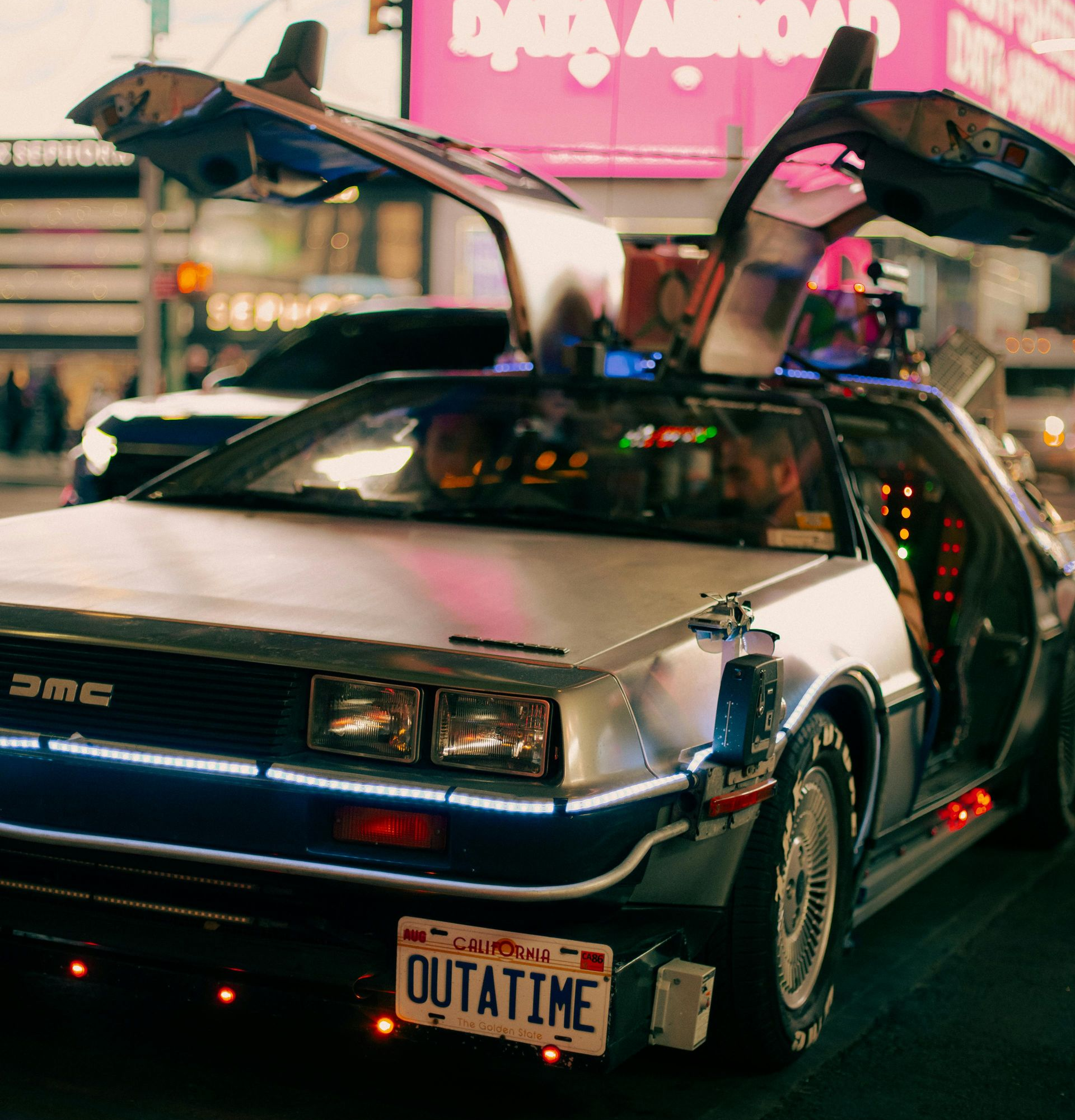Roadblock to the Future
Moving forward with transportation advances

Photo credits: pexels.com
What has prevented Western Society from moving forward with transportation advances? This question addresses modality system advances in transportation technology: like the advancement from cars to airplanes that happened 100 years ago. The fundamentals of train technology are 200 years old, cars began 125 years ago, and the fundamentals of airplane technology is 100 years old. What’s the barricade that prevents advancement to new modes of transportation?
The first roadblock is politics. Politics is money. When profit is being made, where’s the incentive for change? Its motivation is to adjust minor design improvements; maintaining the cash flow. Viewing transportation with this perspective, is recognizing the reality of the way it is. To rant or complain about it, is annoying and pointless.
Looking beyond the reality of the transportation industry’s stagnation, that hasn’t had a new modality advance in 100 years, what’s the solution? How can blockades squelching transportation advances be moved?
Finding answers, requires questions: since money is power and politics, what does money want? Similar to bureaucracy, its goal is for more and much more. How can politicians be gifted with more money? The simple conclusion is to create an entirely new stream of income by creating new sources of revenue with brand-new modes of transportation systems income. Political gains in job creation, localized economic increase, and higher quality of life is happy voters.
A deeper dive into the question
Again, the established ways of transportation technology via trains is 200 years old. When trains appeared in the 1800s, newspapers were a brand-new form of communication and letters were hand-written. With the quick pace of technology increase, by the mid-1800s; the telegraph revolutionized the newly formed communications technology industry, and a few years later cars were employed as private transportation, faster and more convenient than owning a horse.
Throughout the 1930s, 40s and 50s, science fiction stories were written about rockets flying in space. In the late 1950s, Otis Carr claimed to have built a craft capable of space flight. (His arrest for SEC violations landed him incarcerated with a 14-year sentence. The initial investigation was under the guise of National Security.) Beyond that and into the late 1960s, a US rocket landed on the moon. A few years later, all transportation advances suddenly stopped.
Meanwhile, today’s culture is saturated with technology. Cellphones are computers which didn’t even exist 70 years ago, with cameras and video editing capabilities that provide live global video broadcasts. The supercars manufactured in the 1960s are identical in style and similar in aerodynamics with today’s supercars. The changes in cars are from advances in the material composites industries and advances of the computer industry. This allows more efficient brakes, safety features, along with the computer industry’s advances that increase development in motor changes and other performance qualities, plus very high-quality sound systems. The basic car technology is the same as it was when cars were invented. Oh, and BTW, no one in the automobile manufacturing industry pays for the public roads they drive on.
Is it just cars?
Another example that thwarts modality changes is the money spent on space exploration. Rockets are another example of inefficient energy use. At the subatomic level, an explosion releases its energy in 360degrees. Yet, a rocket’s trajectory is only one direction. The biggest advancement in the history of space exploration was performed with the Parker Solar Probe. It exceeded the speed of 400,000 miles per hour. The fastest speed ever reached by mankind wasn’t by fueled explosion technology, it was by the technological advance of gravity manipulation.
Engineers are hired to do what they’re paid to do. Since bureaucracy has no desire to change, there’s a question of who will pay engineers to explore advancements in transportation,. Money is power, and politics is bureaucracy divided into massive layers of paperwork management with its sole objective: enlarging itself. Making bureaucracy bigger is another barrier to transportation’s advance. The engaged transportation lobbyists direct established political procedure to maintain the existing mechanism of transportation protocol.
Today’s society asks: what happened to promises of transportation’s advances? While some question why it’s still missing, the majority are complicit to normalcy: acclimated to antiquated transportation technology. Change is disruptive. A solitary voice in a crowd is unheard and irrelevant. There is one conclusion: money is power. Money owns politics. Politicians set regulatory policy. Conversely, wisdom is strength. And, although political strength of money can accumulate and manipulate intelligence reports, genius is unregulated creativity. Intuition, imagineering, and genius; are missing components from regulatory protocol and AI bot programing.
Adapting transportation changes
The solution? Create more money by making new transportation more lucrative. Mathematics is an expressive language that creativity can explain with spreadsheets. In the solution, beyond the profit demand, is the necessity for human compassion to increase quality of life. The transportation solution must include the ameliorate quest for amicable social improvement with raising standards for quality of life, by advancing transportation technology for sustainable urban growth. The term compassion has to be considered as an acceptable task for the public sector; it involves the risk of doing something that hasn’t been implemented elsewhere: which is the modernization of transportation to meet 2025 social demands. The public sector is averse to innovation. This is like a story from history when the saddle makers for horses protested being replaced by cars. They converted their business into making car upholstery.
When cars replaced trains as western society’s primary source of transportation, it was a quick but, incremental change. Today’s Western culture is dependent upon cars. It’s a land-use issue. As transit begins to stick its nose back into the car culture for transportation, the land-use will re-adjust to a transit-oriented land-use design.
The culture corresponds to an area’s transportation and land-use design. In the automobile centric land-use developments, even a person’s financial status in Western Society is represented by their transportation. Quality of life is an absolute component of urban growth design, because it is based on transportation.
Immediate solutions
The US has been plagued by dinosaur status political procedure. “It’s just the way things are” is a mantra that explains the justification of political procedure. But the dinosaurs are old and dead. Today’s growing youth are unfamiliar with the way dinosaurs danced. The politics of pay to play procedure is as useful as solicitating scambots. Today’s youth are more connected to computerized social activity than connectivity to the dinosaur dung dependency of car culture’s yesterday.
Earth keeps spinning and 2025 is nearly gone. Transportation is due for innovative advances.
And what is the solution of making transportation more lucrative? Immediately, one example is to reformat California’s failed high speed rail project with viable modern transit.
This opportunity is a moment for change. The short window to search for solutions, provides the possibility for a private entity to negotiate a public-private partnership with the advanced transit system industry for technology which can be implemented to provide a modern technology transportation solution.
Who is willing to participate in the conversation of advancing transportation into the 21st Century?



